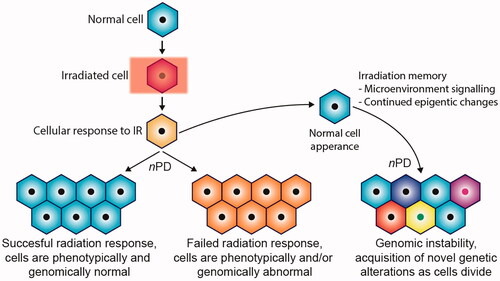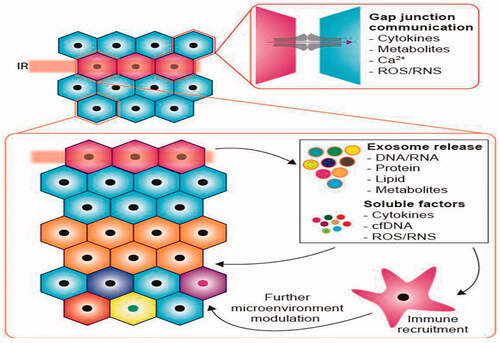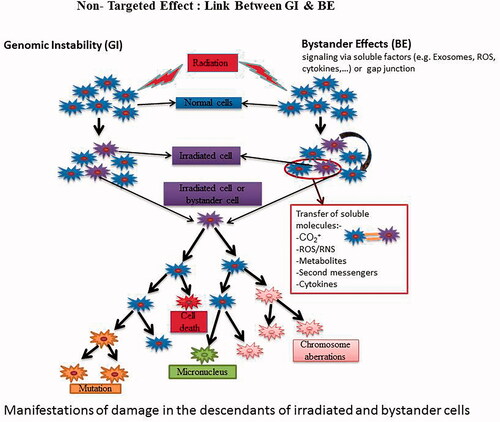Figures & data
Table 1. General definitions of non-targeted effects (NTE) of radiation.
Table 2. Extracellular vesicle (EV) definitions in the literatures.




